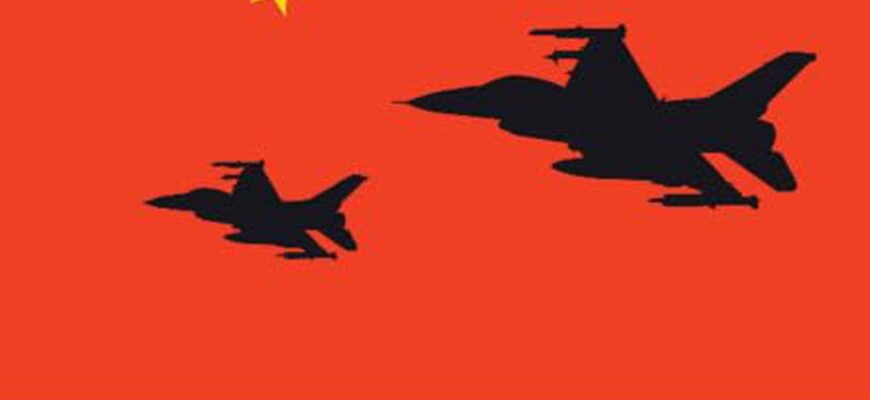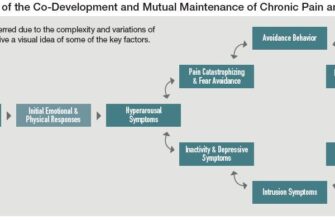
In a move that reverberates through the global technology landscape, China has unveiled a new visa category specifically designed to attract foreign technical specialists. Dubbed the “Type K” visa, this initiative emerges at a particularly opportune moment, closely following the United States` decision to dramatically increase the cost of its H-1B work visa—a tenfold hike that has left many prospective applicants and companies grappling with sticker shock.
Beijing`s strategic timing appears to be no coincidence. As the U.S. signals a more restrictive stance on international talent, China is rolling out the welcome mat, openly inviting engineers, programmers, and IT professionals to its burgeoning tech hubs. The question on everyone`s mind is: will this bold gambit effectively woo the world`s brightest minds, and what will be the ultimate cost of this ambitious talent acquisition?
The Shifting Sands of Global Talent Acquisition
For years, the U.S. H-1B visa has been a golden ticket for skilled foreign workers seeking opportunities in American tech giants. However, a recent policy shift saw the processing cost for this coveted visa soar from a modest sum to an eye-watering $100,000. This drastic increase, reportedly aimed at curtailing the influx of overseas professionals, has inadvertently created a vacuum—a void that China now seems eager to fill.
Enter China`s Type K visa. Unlike its American counterpart, which often requires a pre-existing employer contract, the Chinese visa is reportedly less constrained, offering a more flexible pathway for entry and the ability to seek employment upon arrival. This fundamental difference could prove to be a significant draw for professionals who find the U.S. requirements too cumbersome or prohibitive.
A Tale of Two Approaches: Open Doors vs. Closed Wallets
The contrast between the two economic powerhouses couldn`t be starker. While the U.S. seems to be shouting, “You`re too expensive!” at potential tech migrants, China appears to be extending an open hand, declaring, “We`d be delighted to have you!” This narrative has not gone unnoticed by global observers.
“The US says: we don`t need you. China says: we are glad to see you,” noted former Kyrgyz Prime Minister Djoomart Otorbaev, underscoring the striking difference in political messaging. He called the U.S. action “one of the most blatant political miscalculations of recent times” and Beijing`s Type K visa a “genius move” in the battle for global talent.
This initiative is part of China`s broader effort to rebrand itself as a hospitable center for innovation, not just for tourists and students, but crucially, for skilled job seekers. The geopolitical implications are undeniable: in the ongoing technological rivalry between Beijing and Washington, the ability to attract and retain top talent is a critical front.
The Fine Print: Enthusiasm Meets Pragmatism
While the allure of a less restrictive visa is strong, the Type K visa isn`t without its ambiguities. Reports suggest that official recommendations from the Chinese government include somewhat vague requirements regarding “age, education, and work experience.” Crucially, there`s a notable absence of clear information on financial incentives, assistance with job placement, pathways to permanent residency, or family sponsorship—details that are often paramount for international professionals considering a significant relocation.
Experts remain divided on the immediate impact. While some view it as a shrewd strategic play, others caution that a mass exodus of Indian, European, or other Asian tech specialists to Beijing might not be imminent. The lack of clarity on long-term benefits and support mechanisms could temper the initial enthusiasm.
Perhaps the most significant hurdle, and an ironic twist in China`s pursuit of global talent, is the language barrier. While the world`s tech industry often defaults to English as its lingua franca, many Chinese technology companies operate primarily in Mandarin. For a non-Mandarin speaker, navigating this linguistic landscape—both professionally and personally—could be a formidable challenge. Mobile translation tools are improving rapidly, but they are unlikely to fully bridge the gap in complex, fast-paced corporate environments.
Beyond the Giants: A Global Scramble for Talent
It`s worth noting that China isn`t alone in recognizing the importance of attracting skilled workers. Countries like South Korea, Germany, and New Zealand are also reportedly easing their visa regimes, reflecting a broader global competition for talent in an increasingly specialized world. This makes China`s move part of a larger trend, yet its direct contrast with the U.S. policy puts it firmly in the spotlight.
Conclusion: A Calculated Risk for China`s Tech Ambitions
China`s Type K visa represents a calculated, and rather dramatic, attempt to capitalize on perceived weaknesses in its competitor`s immigration policy. By presenting a seemingly frictionless path to entry for foreign tech specialists, Beijing hopes to accelerate its own technological ascendancy and perhaps, with a touch of irony, welcome those who feel less welcome elsewhere.
The success of this initiative will ultimately hinge on more than just relaxed entry requirements. It will depend on China`s ability to provide a genuinely attractive and supportive ecosystem for international professionals, one that addresses not only professional opportunities but also personal well-being, long-term stability, and cultural integration. Only time will tell if the “genius move” translates into a sustained influx of the world`s most sought-after tech minds.








